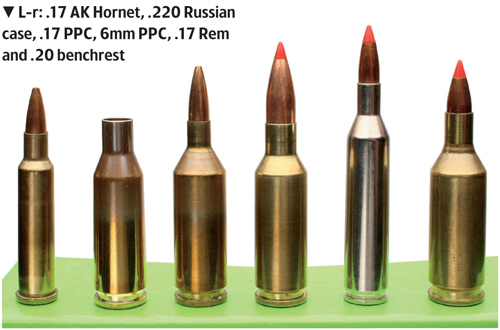- News
- Gundogs
- Shooting
- Recipes
- Gear
-
-
- More
-
-
More
-
-
News
Rural concerns risk being sidelined in devolution shake-up
By Hollis Butler (Group News Editor)
-
News
Crimestoppers under fire over snitch campaign targeting certificate holders
By Hollis Butler (Group News Editor)
-
-
-
Win CENS ProFlex DX5 earplugs worth £1,149 – enter here
Palmisano Pindell Cartridge review
Palmisano Pindell Cartridge review: The .17 PPC is an ideal cartridge for vermin control.

Palmisano Pindell Cartridge review.
I am always looking for something a little different, that?s what makes the world interesting.
Not that the normal is insufficient for the task in hand, but sometimes it?s nice pushing the boundaries and exploring.
I have owned many small-calibre rifles and have a passion for anything smaller than .22 calibre, especially in the form of speeding .17 or .20 calibres (0.172in and 0.204in).
The .22 and 6mm Palmisano Pindell Cartridge (PPC) series of cartridges, developed by Dr Louis Palmisano and Ferris Pindell in the US in 1974, completely changed the way shooters looked at cartridge design and performance.
Their short, efficient cartridge cases made from premium brass had only one goal: extreme accuracy.

Related Articles
Get the latest news delivered direct to your door
Subscribe to Shooting Times & Country
Discover the ultimate companion for field sports enthusiasts with Shooting Times & Country Magazine, the UK’s leading weekly publication that has been at the forefront of shooting culture since 1882. Subscribers gain access to expert tips, comprehensive gear reviews, seasonal advice and a vibrant community of like-minded shooters.
Save on shop price when you subscribe with weekly issues featuring in-depth articles on gundog training, exclusive member offers and access to the digital back issue library. A Shooting Times & Country subscription is more than a magazine, don’t just read about the countryside; immerse yourself in its most authoritative and engaging publication.









